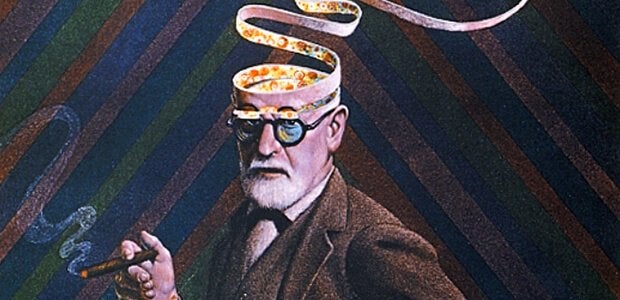Sigmund Freud’s personality theory varied as his theoretical development progressed. For Freud, the human personality is the product of the struggle between our destructive impulses and the pursuit of pleasure, without leaving aside social boundaries as regulatory entities.
The construction of personality becomes a product: the result of the way each manages their internal conflicts and requests from abroad, the personality masks the way each one develops in the social environment and faces their internal and external conflicts.
- Freud.
- A neurologist.
- Austrian and father of psychoanalysis.
- Exhibited five models of conceptualization of personality: topographical.
- Dynamic.
- Economic.
- Genetic and structural.
- Which sought to form a complete scheme.
- In which the personality of each of us could be articulated.
Freud’s personality theory is characterized by its structural character, the models explained below should not be considered an absolute truth, however, they are very useful tools to understand the dynamics of the human psyche, although explained separately, all are related. .
Freud used the metaphor of the parts of the iceberg to facilitate the understanding of the three regions of the mind: the tip of the iceberg, which is the visible part, is equivalent to the conscious region, this would have to do with everything that can be perceived at any given time: perceptions, memories, thoughts, dreams and feelings.
The part of the iceberg that is submerged, but can still be seen, is equivalent to the preconscious region of the mind, has to do with everything we can remember: moments that are no longer available in the present, but can be brought. to conscience.
Most of the iceberg, which hides underwater, is equivalent to the unconscious region, in this area would preserve all memories, feelings and thoughts inaccessible to consciousness, which stores contents that can be unacceptable, unpleasant, painful, conflicting and, above all, distressing to the person.
This model is probably one of the most difficult to understand in Sigmund Freud’s personality theory, it is the psychic dynamics that occur in the subject’s mind, between impulses that seek un measured satisfaction and defense mechanisms that seek to inhibit them.
The main objective of the dynamics of psychic regulation is to allow everyone to develop and adapt to the social environment.
The defense mechanisms derived from this model are: repression, reaction formation, displacement, fixation, regression, projection, intellectualization and sublimation; are important pillars of Sigmund Freud’s personality theory.
This has to do with the way in which what Freud called the “drive” works, which can be understood, broadly speaking, as the energy that drives us to seek a certain purpose.
Propulsion is the engine and energy that drives us, in this sense Freud considered that all behavior was motivated by impulses, which were divided into impulses of life (eros) and impulses of death (tannins).
The impulse of life is linked to the individual’s capacity for self-preservation, the impulse to create, protect, establish relationships, etc. , the impulse of death, on the other hand, is linked to the destructive tendencies of the human being towards himself or the other, in relation to the principle of Nirvana, which is nothing, not existence, empty.
This model follows the five stages of psychosexual development, characterized by the search for gratification in the erogenous areas of the body, whose importance depends on age. Freud found that not only the adult finds satisfaction in the erogenous zones, but also the child.
Excessive satisfaction at these stages or the sudden frustration of one of them will lead to the development of certain personality types.
The stages and stages of psychosexual development, in Sigmund Freud’s personality theory, are:
This model, in Sigmund Freud’s personality theory, is distinguished by the separation of the mind into three instances, which develop throughout childhood, each instance has different functions that act at different levels of the mind, but together, to form, therefore, a unique personality structure.
To conclude, you should know that models interact with each other. They make personality a dynamic set of psychic characteristics that condition the way each person acts in the face of the circumstances encountered.
“The price we pay for our advancement in terms of civilization is a loss of happiness in intensifying the feeling of guilt. Sigmund Freud?

